Closet Glow-up Series: Start Here
Coming into 2022, I have so many big ideas and goals I want to accomplish! So right out the gate, I am making some space for those big goals in a really practical way — by organizing our closets. I’d like to share why I believe this task could set the stage for my most productive year yet!
The Forgotten Secret to Achieving Goals
I’m one of those people who love using a New Year as a starting point for new habits and goals. Over the years I’ve moved from resolutions to intentions to specific goals with quarterly milestones and reviews. Working towards a new goal or habit requires time, money, and/or energy that we budget for; but there’s one resource that we also need but almost never discuss. So, let’s talk about that mysterious, forgotten goal-achieving resource: aggravation capacity.
Aggravation capacity is a way of describing how much aggravation a person can tolerate before throwing up their hands and saying, “To hell with this!” In psychology, it’s more commonly referred to as “Frustration tolerance.” When we hit our frustration tolerance or our aggravation capacity, it can be so tempting to blame ourselves for not being more disciplined. In the context of developing a new habit, hitting that aggravation capacity just once can be enough to derail our efforts entirely. But discipline isn’t the only tool we have to combat frustration. Let’s look at a couple of others.
A Familiar Tale
As an example, say your goal for the New Year is to go for a 20 minute run every day. You start out strong, but on day 8, you go to put on your new running shoes and find that the dog has chewed one of them up. You spend 20 minutes digging up an old pair you were going to throw out. Feeling slightly irritated, you complete your run. Afterwards, you struggle to make up for that extra 20 minutes. You make annoying, unfamiliar adjustments to several other routines to compensate. That night, you have to clean up the mess you made looking for the shoes. You also spend 30 minutes trying to decide whether it’s worth buying another pair of the nice running shoes, now that they’re not on sale for Black Friday.
The next day, you have another run in the old shoes. The whole time, you feel frustrated because they don’t feel great on your feet and you still can’t decide whether to shell out for a new pair so soon. On day 10, it rains for the first time. After about 15 minutes of trying to figure out what to wear for a run in the rain, you give up. The following day, you feel frustrated because you missed a day, thus already failing your resolution to run EVERY day. The whole effort has become so frustrating that by mid-March you’ve completely forgotten you even had a resolution about running to begin with. Instead of completing nearly 100 runs in that time, you’ve completed fewer than 10.
Budgeting for Annoyance in Your Mind
Now, where does aggravation capacity come into play here? One simple way is that it creates a framework to shift our mindset. It’s great to feel determined and have SMART goals, but it’s also important to build some grace into our mental map of the journey. Expect things to get frustrating, expect things to not go to plan. Expect annoying, difficult, or unforeseen circumstances that require more effort and strategy to get around, especially in the beginning.
Try to budget some aggravation capacity for the effort you’re putting in. This will help when things don’t go to plan. You’ll identify the challenge, acknowledge the disappointment that things aren’t going smoothly that day, and brace yourself to tackle one of the challenges you already accepted would be coming. You can forgive the imperfection more easily because it’s a part of the process you mentally committed to. You move on, taking it one step at a time, and you feel proud of yourself for persisting, problem solving, and sticking to your goals.
Budgeting for Annoyance in Your Surroundings
The other way aggravation capacity comes into play is that we can budget for a little more aggravation during the first few weeks or months of progress towards the goal. With exercise, we often do this without thinking about it. We lay out clothes the night before, buy more comfortable clothes or shoes, save playlists of music or podcasts, check the weather, and charge our devices ahead of time. We take steps like these before the activity to make it easier to do the new, difficult thing, and cut down on the associated frustration. In the same way, we can also reduce frustration on a broader scale. We can look at areas that seem unrelated, and find ways to give ourselves more breathing room in our aggravation budget.
Why My Closets Make Me Cry
That’s how we arrive at the closets. Ever since we moved into this home, the closets have been a source of infinite frustration. They are simply not built in a way that makes sense for our bodies or our items. They either lack shelves, the bars are too high, or they just don’t have the secondary containment they need to be functional for us. This makes a whole host of everyday activities take up more time than they should. It also leaves a trail of mess that we then need to clean up.
Currently, it’s a whole ordeal just to find weather-appropriate, clean clothing for ourselves or our toddler. It’s also hard to rotate toddler toys and books each week, find the ingredients for a dish I’m preparing, pull something off the shelf without knocking items to the floor and spilling them, or put away shoes after coming in the house.
These friction points add up, and they eat away at aggravation capacity and mental capacity that we could otherwise allocate to creative projects. On a day where we’re not feeling 100% after a rough night’s sleep or a mild cold, it can be so overwhelming that one of us (most often me) bursts into tears from the domino effect. Taking too long to get dressed means we miss out on outdoor time. The toddler won’t nap. I trip over a pair of stray shoes and nurse a bruise for the rest of the day. It’s a train wreck. 😭 Not to mention, we have so many boxes we haven’t been able to unpack because without more shelving and closet organization, there’s nowhere to put everything!
Before Organizing Our Closets
If you can’t tell, I have a lot of pent up aggression about these closets. So in the coming weeks, I’m looking to put some thoughtful design into these 4 spaces. By the end of this project, I’ll have some breathing room in my aggravation budget. I’ll talk about each of these closets more in-depth in their own posts but for now, here are some brutally honest before pictures!
Toddler Bedroom Closet/Toy Closet
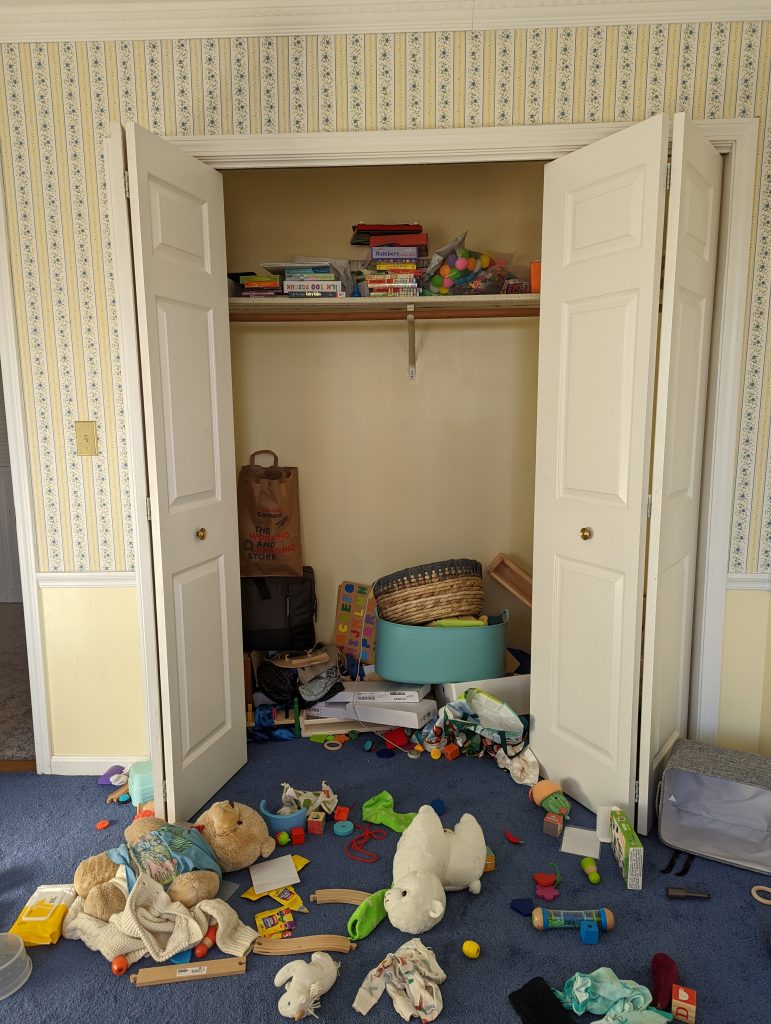
Primary Bedroom Closet
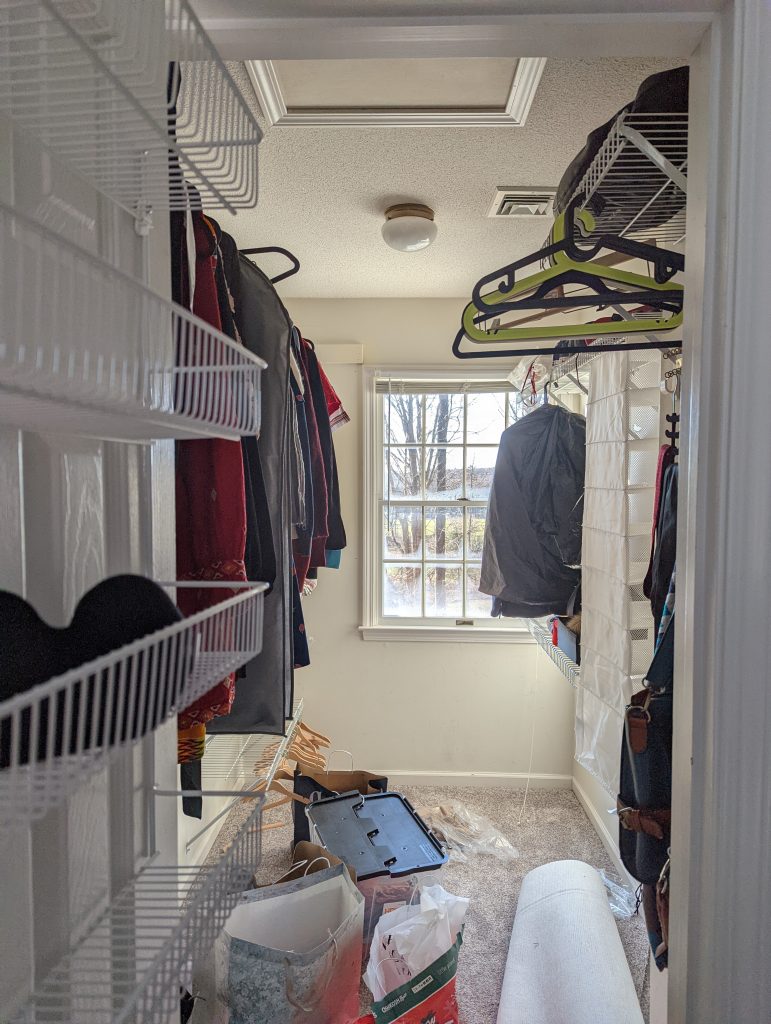
Kitchen Pantry
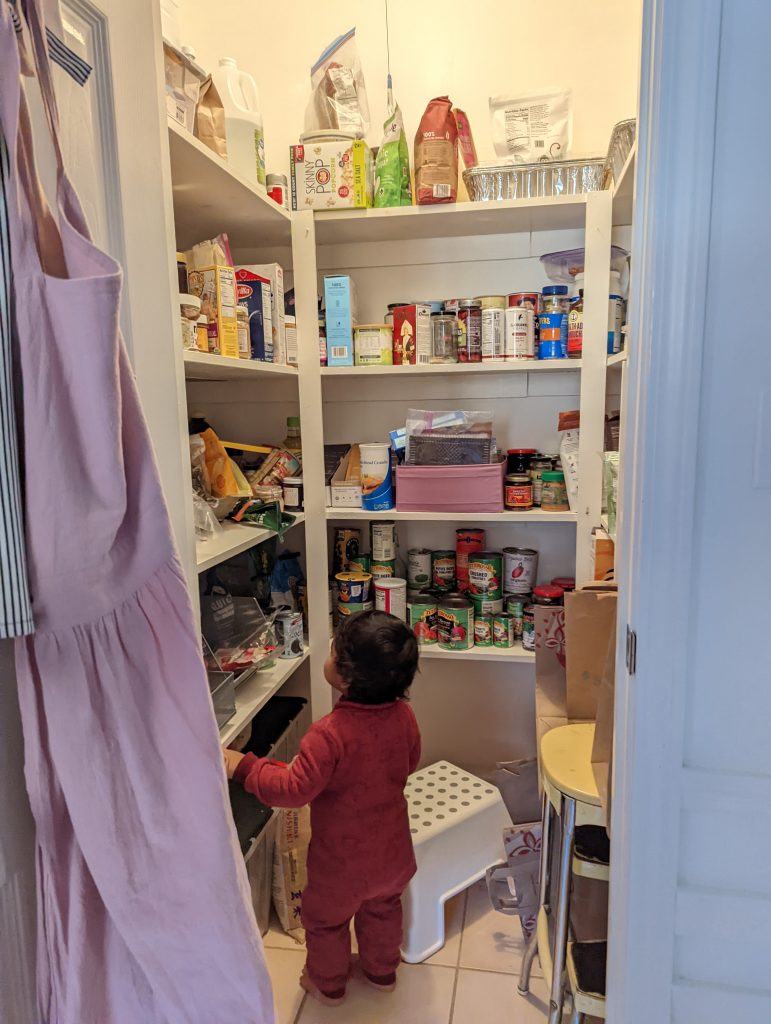
Entryway Coat Closet
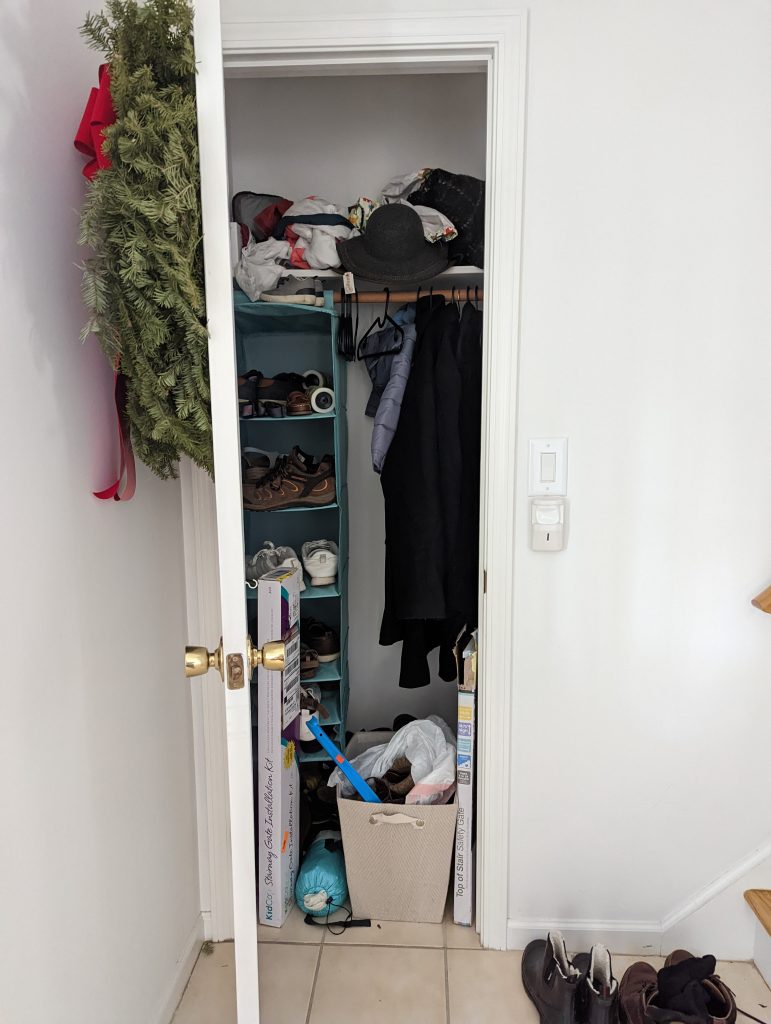
As I’m tackling each of these spaces, I’m hoping to incorporate practical upgrades to the storage solutions. But I’m more excited about adding in fun details to turn these frequently used spaces into some of the most joyful corners of our home. It’s also a convenient way for me to practice some DIY skills in spaces where no one will see my mistakes. 😅 If you have any tips from your own closets, please leave me a comment below! I love a clever storage trick!
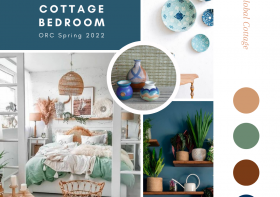
![ORC Week 3: Breaking [a piece of] the 4th Wall](https://www.semiglobalcottage.com/wp-content/uploads/2021/10/IMG_1216-280x197.jpg)
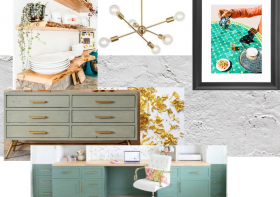
Leave a Reply